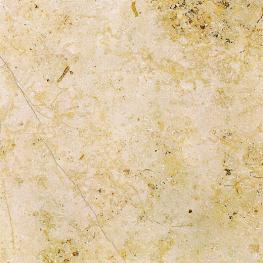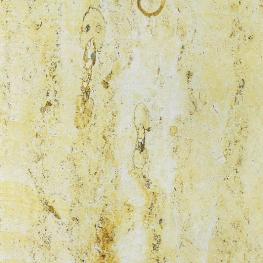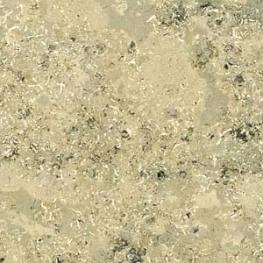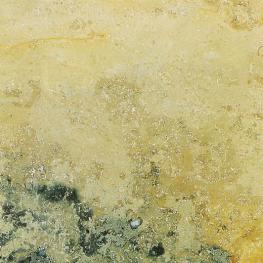Jura marble
A marble from Baier quarried in the Altmuehlthal river valley is called Jura. Jura limestone is sorted by colour and texture into several different groups. Lossikivi ovvers you the following:
- Jura yellow (Jura gelb)
- Jura yellow streaked (Jura gelb-gebändert)
- Jura grey (Jura blaugrau)
- Jura varicoloured (Jura grau-gelb gemischt)
Jura limestone is used both for interior and exterior architecture - as facade coverings, floor tiles, stairs, windowsills, covering tiles etc. As floor tiles Jura limestone is suitable both for private and institutional buildings (also for schoolhouses and restaurants). Jura marble has also been used in airports in many places all over the world.
It is possible to get Jura limestone with different surface treatments - polished, honed, brushed (antique), bushhammered etc.
In Estonia Jura marble has been used a lot for windowsills, stairs and floor tiles. We recommend windowsills with polished surface, stairs and floor tiles can be both polished or honed. Windowsills and stairs are offered in different sizes depending on the customer's needs. Thickness is usually 2 or 3 cm. Floor tiles can be ordered with thickness of 10, 15, 20 or 30mm and in different measurements.
The physical-mechanical properties of Jura limestone are the following:
| Jura gelb | Jura gelb-gebändert | Jura grau | |
| Water absorbancy by weight | 2,6% | 2,2% | 1,3% |
| Water absorbancy by volume | 6,5% | 5,4% | 3,4% |
| Wear-resistance (cm3/50cm2) | 14,1 | 13,8 | 11,3 |
| Pressure strength | 165 N/mm2 | 178 N/mm2 | 146 N/mm2 |
| Bending strength | 16,2 N/mm2 | 16,2 N/mm2 | 18,7 N/mm2 |
So-called quartz-threads are very common for Jura marble (Quarzadern, quarz vains), which most of the customers mistake for cracks in the rock, because at first sight they give an impression of a defect or cracked stone. Actually these are are calcite veins, which have formed over millions of years, when the cracks, formed by the the forces inside the bowels of the earth, get filled with carbonate-like mass and growing together with calcite crystals. Stone with these veins isn't any weaker than stone without them and they cannot be taken as defects.
The name "Jura marble" comes from the Jurassic era, about 160 to 140 millions of years ago, when lime-sediments turned into limestone silted. Jura marble contains numerous fossiles - ammonites, nautiloids, fossiles of lobsters, sponges etc. Jura marble is from the era of dinosaurs.




